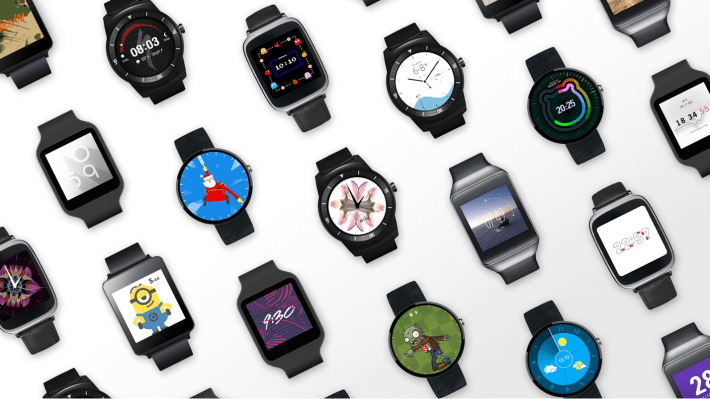Consumers didn’t want for choice in smartwatches last year, but that doesn’t mean they’re gobbling up the devices: Research firm Canalys reports today that only just over 720,000 Android Wear-based devices shipped in 2014, which is around 16 percent of the total 4.6 million “smart wearable band” shipments that occurred overall. The Moto 360 has the honour of leading the pack, the company says, and Pebble managed to stay strong thanks to an apps lead and aggressive pricing.
A sub-million number of shipments across devices and manufacturers could hardly be said to represent a ripping success for either Android Wear or any of its participating OEMs. Motorola’s Moto 360 was apparently limited only by supply constraints, however, which indicates that device-makers are probably assessing the market accurately and cautiously, even in cases where there is ample demand. LG’s G Watch R also apparently outperformed the original G Watch, which indicates that OEMs using Google’s wearable platform are learning key lessons as they continue to explore the market, too.
Android Wear devices only became plentiful in the latter half of 2014, however. Still, the numbers likely have OEMs watching and waiting to see how the market evolves from here, given that there’s already price pressure on some of these (which effectively serve as accessories sometimes costing nearly as much as mid-range smartphones themselves). Ironically, it could be the Apple Watch launch that determines the future of Google’s platform, and the degree to which OEMs back it.
Apple’s smartwatch is coming in April, and while it’s designed as a competitor to what Android is doing with its own wearable platform, its presence in the press and in consumer minds could encourage more Android device owners to look around for their own equivalent, considering the other option is switching platforms altogether. Even if initial comparisons (should Apple break out Apple Watch sales figures for our appraisal) greatly favor Cupertino’s wrist-based computer, long-term, Android Wear could benefit.
Android experienced a 10x jump in shipments from 640,500 units in 2008 (when the HTC Dream became the first consumer device to offer it) and 2009, so Wear could still grow if someone else can truly show shoppers the value of wearing a smart device on your wrist.
